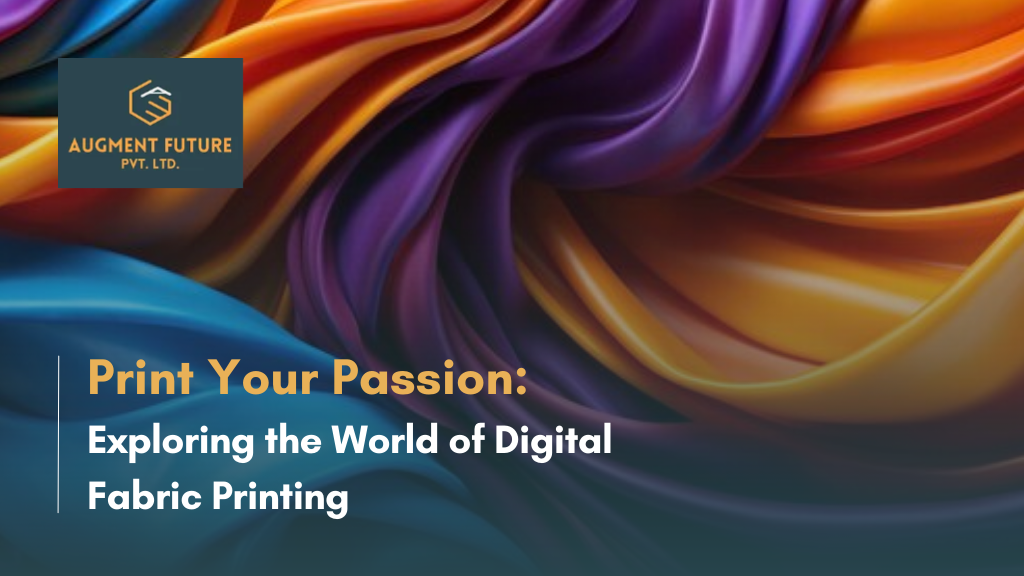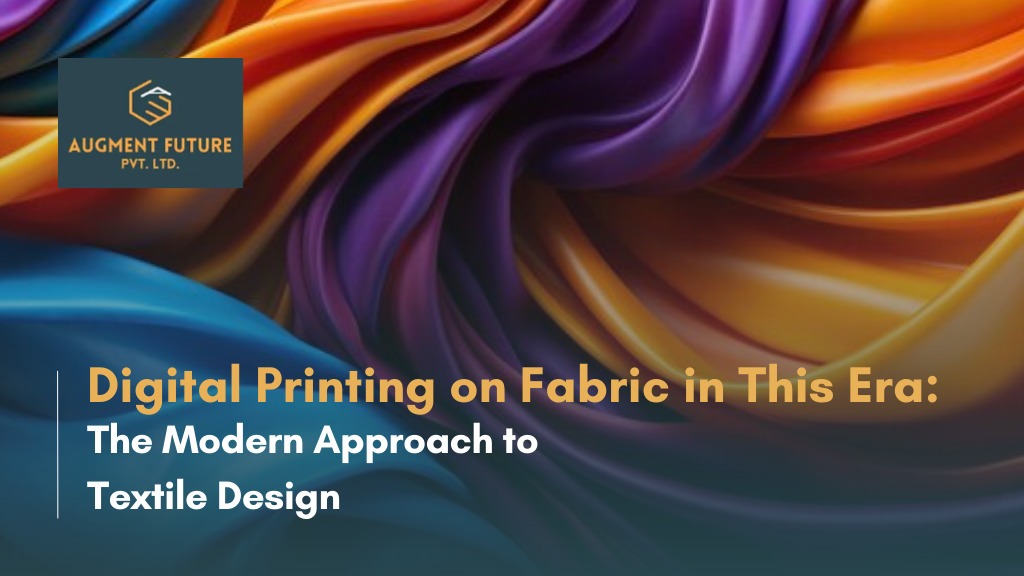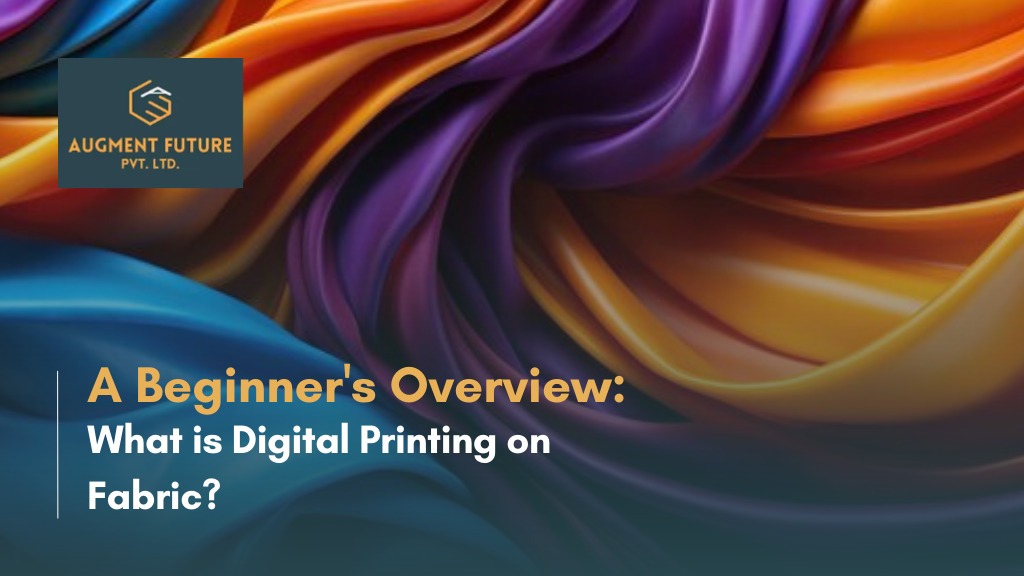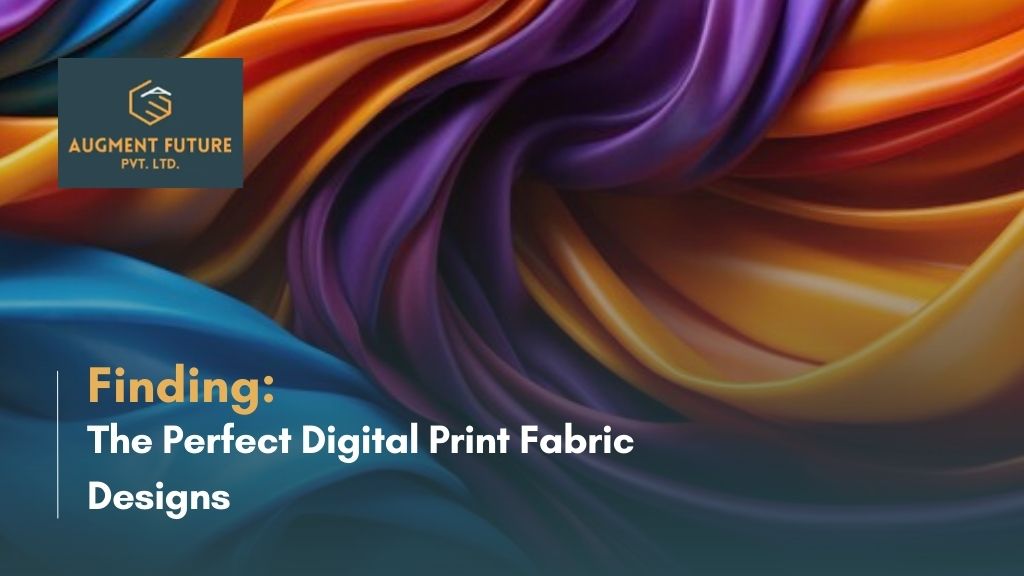Digital fabric printing has revolutionized the world of fashion and design, allowing individuals to unleash their creativity and print their passion directly onto fabric. Understanding the process, different types of printing, and choosing the right fabric are essential when exploring the realm of digital fabric printing. This article aims to delve deep into this exciting world, providing you with valuable insights and tips to navigate through the process successfully.
Understanding Digital Fabric Printing
Digital fabric printing is a method that involves printing digital designs onto fabric using inkjet technology. It offers endless possibilities for creating unique and personalized textiles. To truly appreciate the power of digital fabric printing, it is essential to understand its basics and how it has evolved over time.
When it comes to digital fabric printing, the possibilities are truly limitless. From intricate patterns and vibrant colours to photorealistic images and custom designs, this technology allows designers to bring their creative visions to life. Whether it’s a one-of-a-kind dress, a personalized home decor item, or a piece of textile art, digital fabric printing offers unparalleled customization.
The Basics of Digital Fabric Printing
In its simplest form, digital fabric printing involves creating a digital design on a computer and sending it to a specialized inkjet printer. The printer then transfers the design onto fabric using vibrant and durable inks. This process allows for high precision, intricate detailing, and a wide range of colours.
One of the key advantages of digital fabric printing is its cost-effectiveness. Unlike traditional fabric printing methods, which require screens or plates for each colour, digital printing eliminates the need for such a setup. This makes it highly convenient and affordable for small print runs or even individual custom orders.
Furthermore, digital fabric printing offers unmatched versatility. Designers can experiment with different fabrics, textures, and finishes to achieve the desired look and feel. Whether it’s soft and flowy silk, crisp and structured cotton fabric, or luxurious and lustrous velvet, digital printing can bring out the best in any fabric.
The Evolution of Digital Fabric Printing
Over the years, digital fabric printing has evolved from a niche industry to a mainstream phenomenon. Advancements in technology have led to faster production speeds, higher print quality, and improved colour accuracy. Today, digital fabric printing is widely used in various industries, including fashion, home decor, and textile art.
With the rise of sustainable practices in fashion, digital fabric printing has emerged as an environmentally-friendly alternative to conventional printing methods. It significantly reduces water usage, wastage, and energy consumption, making it an attractive choice for eco-conscious designers.
Moreover, the evolution of digital fabric printing has also brought about exciting innovations in design software and hardware. Designers now have access to a wide range of tools and resources that allow them to create intricate patterns, manipulate colours, and experiment with different effects. This has opened up new avenues for creativity and pushed the boundaries of what is possible in textile design.
In conclusion, digital fabric printing has revolutionized the world of textiles. Its ability to combine technology, artistry, and sustainability has made it a preferred choice for designers and manufacturers alike. As technology continues to advance, we can only imagine the exciting possibilities that lie ahead for digital fabric printing.
The Process of Digital Fabric Printing
The process of digital fabric printing involves two main stages: preparing the design and executing the print. Proper preparation and understanding of the printing process are crucial for achieving optimal results.
When it comes to preparing your design for printing, there are several factors to consider. Firstly, it is essential to ensure that your design is in the correct format and resolution. This will ensure that the final print is sharp and detailed. Additionally, you need to take into account the fabric’s texture and stretchability. Different fabrics may require different adjustments to ensure that the design appears as intended when printed.
Software tools such as Adobe Photoshop and Illustrator are commonly used for designing and modifying patterns. These programs offer a range of features that allow you to manipulate colours, shapes, and textures to create unique and eye-catching designs. It is important to familiarize yourself with these tools to make the most of their capabilities.
Repeating patterns and colour variations are common in fabric designs. To ensure that your design looks seamless when printed, it’s essential to preview and test it on fabric swatches before finalizing it. This step allows you to make necessary adjustments and corrections to ensure the desired outcome. It also gives you the opportunity to see how the design interacts with the fabric’s texture and drape.
Once your design is prepared, it is time to print it onto fabric. The printing process itself involves several steps to ensure accurate and vibrant results. Firstly, the fabric is pre-treated with a coating that helps the ink to bind effectively. This pre-treatment is crucial for ensuring that the colours remain vibrant and do not fade over time.
Next, the treated fabric is fed into the inkjet printer. The printer’s precision ensures that each pixel in the digital file corresponds to a specific drop of ink on the fabric. This level of accuracy allows for intricate and detailed designs to be reproduced faithfully. Depending on the complexity of the design and the desired colour intensity, multiple passes may be required.
After printing, the fabric undergoes a post-treatment process to enhance colour fastness and durability. One common post-treatment method is heat-setting, which involves applying heat to the fabric to set the ink and ensure that it remains vibrant even after multiple washes. This step is crucial for ensuring that the printed design withstands the test of time and maintains its original beauty.
In conclusion, the process of digital fabric printing involves careful preparation of the design and meticulous execution of the print. By paying attention to the details and understanding the intricacies of the printing process, you can achieve stunning and long-lasting results.
Different Types of Digital Fabric Printing
There are various types of digital fabric printing methods available, each with its unique characteristics and applications. Two popular methods are direct-to-garment printing and dye sublimation printing.
Direct-to-Garment Printing
Direct-to-garment (DTG) printing involves printing the design directly onto the fabric without the need for transfer paper. This method is ideal for printing complex and detailed graphics on light-coloured fabrics. DTG printing ensures vibrant colours, sharp details, and a soft hand feel.
It is important to note that DTG printing is most effective on absorbent fabrics, such as cotton or cotton blends. The printing process does not affect the fabric’s breathability, making it suitable for creating customized apparel and accessories.
Dye Sublimation Printing
Dye sublimation printing utilizes dye-based inks that are transformed into a gas and then absorbed into the fabric. This method is commonly used for printing on polyester or polyester blends, as the ink chemically bonds with the fabric, resulting in vibrant and long-lasting prints.
Dye sublimation printing is highly versatile, allowing for full-colour designs and seamless integration into the fabric’s fibres. It is particularly popular for producing sportswear, banners, and home decor items.
Choosing the Right Fabric for Digital Printing
Selecting the appropriate fabric for digital printing is crucial to achieve the desired outcome. Factors such as fabric type, printability, and end-use should be considered when making your selection.
Understanding Fabric Types and Their Printability
Not all fabrics are suitable for digital printing, as the ink needs to adhere effectively to the fibres. Fabrics with a higher percentage of natural fibres, such as cotton or silk, are generally more compatible with digital printing. However, advancements in ink technology have made it possible to print on a wide range of synthetic fabrics as well.
Fabric weight, texture, and finish also impact the printability of the fabric. Lighter fabrics tend to showcase the vibrant colours of the design, while textured fabrics can add depth and dimension to the print. Satin fabric, twill, and jersey fabrics are popular choices due to their smooth surface and print clarity.
Tips for Selecting the Best Fabric
Consider the end-use of the printed fabric when making your selection. If the fabric will be used for apparel, consider factors such as breathability, comfort, and stretchability. For home decor items, durability and colourfastness are crucial. Additionally, consider the maintenance requirements of the fabric, such as washability and resistance to fading.
Collaborating with a fabric professional or printer can provide valuable guidance in selecting the most suitable fabric for your specific project.
The Impact of Digital Fabric Printing on the Fashion Industry
Digital fabric printing has completely transformed the fashion industry, offering designers unprecedented creative freedom and flexibility. The following are notable impacts of digital fabric printing on the fashion landscape.
Revolutionizing Fashion Design
Digital fabric printing enables designers to bring their artistic visions to life without the limitations imposed by traditional printing methods. It allows for intricate patterns, photo-realistic prints, and customization options that were previously unimaginable.
Designers can experiment with colours, textures, and patterns with ease, leading to the creation of truly unique and eye-catching garments. Additionally, digital printing enables faster production times, facilitating faster turnaround for time-sensitive collections.
Sustainability and Digital Fabric Printing
The fashion industry has been grappling with sustainability challenges for years. Digital fabric printing addresses some of these concerns by significantly reducing water consumption, chemical usage, and textile waste compared to conventional printing methods.
The ability to print on demand also minimizes excess inventory and reduces the need for overproduction. Furthermore, digital fabric printing allows for the use of eco-friendly inks and dyes, further minimizing the environmental impact of the production process.
In conclusion, digital fabric printing opens up a world of possibilities for designers and enthusiasts alike. Understanding the basics, different printing methods, and fabric selection is essential for the successful exploration of this exciting medium. With the right knowledge and craftsmanship, you can print your passion on fabric and create truly unique and personalized creations.
You May Also Like To Read About: The Science of Color Matching: Creating Harmonious Designs with Precision






